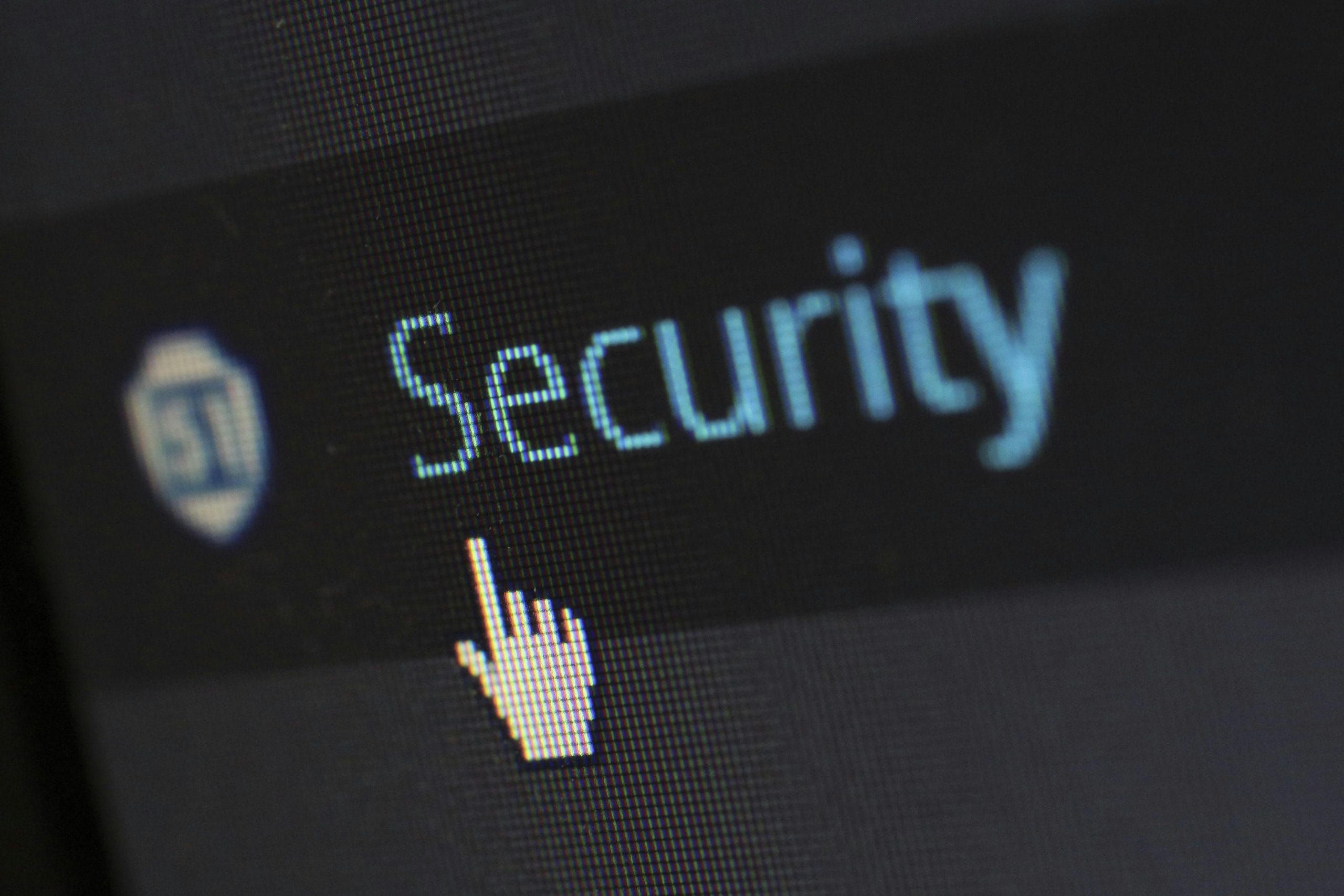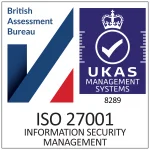
Today, the threat of cyberattacks looms large over businesses of all sizes. With cyber threats becoming increasingly sophisticated, it’s essential to establish strong security measures to protect sensitive information. This is where Cyber Essentials (CE) comes into play.
But what exactly is Cyber Essentials, and why should your organisation consider investing in it? This government-backed framework provides a solid foundation for cybersecurity, outlining a set of basic yet effective measures to safeguard against common online threats. By implementing these guidelines, you enhance your organisation’s defences and build trust with your clients and stakeholders.
In this article, we will explore the key features of Cyber Essentials and highlight the compelling reasons why investing in this certification can significantly bolster your business’s cybersecurity posture. Don’t wait for a breach to happen; understanding and adopting Cyber Essentials could be the crucial step toward a more secure future for your organisation.
In the digital era, the threat landscape has evolved drastically, making cybersecurity a critical concern for businesses of all sizes. Cyber Essentials is a UK government-backed scheme introduced to help organisations protect themselves from the most common cyber threats.
Launched in 2014, the framework is designed to provide clear guidance on basic cybersecurity measures, ensuring that businesses can mitigate risks and safeguard their digital assets effectively. The goal of this scheme is to make the UK a safer place to conduct business online by providing a benchmark for cybersecurity practices:
The CE framework is built around five key controls that address the most common threats faced by organisations today. These controls are simple yet effective measures that can significantly reduce the risk of a cyber incident.
Achieving Cyber Essentials certification demonstrates a commitment to cybersecurity and assures customers, partners, and stakeholders that an organisation takes data protection seriously. The certification process involves a self-assessment questionnaire, which is then verified by an external certifying body.
Organisations can choose between two levels of certification – CE and CE Plus. While the basic certification involves a self-assessment, Cyber Essentials Plus includes an external vulnerability scan and a more in-depth assessment of the organisation’s cybersecurity measures. Overall, both levels provide valuable insights into the organisation’s security posture and help identify areas for improvement.
The journey to obtaining Cyber Essentials certification begins with understanding the framework and its requirements. Organisations are encouraged to familiarise themselves with the five key controls outlined in the Cyber Essentials scheme. We’ll cover these five controls later in the blog.
Once the organisation is ready to proceed, the next step is to complete the self-assessment questionnaire. This questionnaire is designed to evaluate the organisation’s implementation of the five key controls and assess their overall cybersecurity posture.
The self-assessment process requires organisations to provide detailed information about their security practices, policies, and procedures. It is crucial to answer the questions accurately and thoroughly, as this information will be used to determine the organisation’s eligibility for certification.
After completing the self-assessment questionnaire, the organisation submits it to an accredited certifying body for review. The certifying body will assess the responses and verify that the organisation has implemented the necessary measures to meet the Cyber Essentials requirements.
If the self-assessment is satisfactory, the organisation will be awarded the Cyber Essentials certification. For those seeking Cyber Essentials Plus certification, an additional external assessment is conducted. This involves a vulnerability scan and a more comprehensive evaluation of the organisation’s security controls. The external assessment ensures that the organisation’s cybersecurity measures are effective in practice and not just on paper.
One of the most significant advantages is the enhanced security posture that comes with implementing CE into your business. By following the guidelines, organisations can reduce their vulnerability to common cyber threats such as phishing attacks, malware infections, and unauthorised access. This proactive approach helps prevent data breaches and minimises the potential impact of cyber incidents.
Cyber Essentials certification also serves as a powerful marketing tool, demonstrating to customers, partners, and stakeholders that the organisation is committed to protecting their data. In an age where data privacy and security are paramount, being able to showcase Cyber Essentials certification can give businesses a competitive edge.
It builds trust and confidence, reassuring clients that the organisation has taken concrete steps to secure its digital environment. Additionally, this is particularly important for businesses that handle sensitive information, as it helps establish credibility and fosters long-term relationships with clients and partners. However, as time passes, this will one day be an expectation for customers and stakeholders. You don’t want to fall behind!
The Cyber Essentials framework is built around five key components, each addressing a critical aspect of cybersecurity. These components form the foundation of the scheme and provide clear guidelines on how to protect against common cyber threats. Ultimately, implementing these components is essential for achieving Cyber Essentials certification and enhancing an organisation’s overall security posture:
Firewalls help filter incoming and outgoing traffic, blocking unauthorised access and preventing malicious activities. Therefore, implementing robust firewall policies and regularly updating firewall configurations is crucial.
This involves ensuring that systems and devices are configured securely to minimise vulnerabilities. Organisations must implement best practices for secure configuration, such as disabling unnecessary services.
This is ensuring that only authorised individuals have access to sensitive information. For example, enabling strong authentication mechanisms, such as multi-factor authentication (MFA).
Implementing measures to detect and prevent malware infections, such as antivirus software, intrusion detection systems, and email filtering.
Organisations must implement a robust patch management process to ensure that all systems and applications are regularly updated.
Firewalls help filter incoming and outgoing traffic, blocking unauthorised access and preventing malicious activities. Therefore, implementing robust firewall policies and regularly updating firewall configurations are crucial.
This involves ensuring that systems and devices are configured securely to minimise vulnerabilities. Organisations must implement best practices for secure configuration, such as disabling unnecessary services. Regularly reviewing and updating configurations helps maintain a secure environment and reduces the risk of exploitation.
This is ensuring that only authorised individuals have access to sensitive information. For example, enabling strong authentication mechanisms, such as multi-factor authentication (MFA).
Implementing measures to detect and prevent malware infections, such as antivirus software, intrusion detection systems, and email filtering. Organisations must ensure that their malware protection solutions are up to date and configured to provide real-time protection.
Cybercriminals often exploit vulnerabilities in outdated software to gain unauthorised access or launch attacks. Organisations must implement a robust patch management process to ensure that all systems and applications are regularly updated. This includes monitoring for new patches, testing patches before deployment, and applying patches promptly.
,
Investing in CE: Cost vs. Value
When considering an investment in cybersecurity, it is essential to weigh the cost against the value it provides. Cyber Essentials offers a cost-effective solution for enhancing an organisation’s security posture, making it an attractive option for businesses of all sizes. The cost of achieving Cyber Essentials certification varies depending on the level of certification and the size of the organisation. However, the value it provides far outweighs the initial investment.
One of the key factors to consider is the potential cost of a data breach. Data breaches can result in significant financial losses, including regulatory fines, legal fees, and the cost of remediation. Additionally, the reputational damage caused by a breach can lead to lost customers and reduced revenue. Therefore, by investing in Cyber Essentials, organisations can implement effective security measures that reduce the risk of a breach and minimise the potential impact. This proactive approach to cybersecurity can save organisations significant costs in the long run.
Another factor to consider is the value of customer trust. Achieving Cyber Essentials certification demonstrates a commitment to cybersecurity and assures customers that their data is protected. This can enhance customer trust and loyalty, leading to long-term business relationships and increased revenue.
For customers who prioritise security, Cyber Essentials certification can also give businesses a competitive edge, making them a preferred choice.
Lastly, Cyber Essentials certification can lead to operational efficiencies and cost savings. By implementing the framework’s guidelines, organisations can streamline their security processes and reduce the complexity of managing cybersecurity. This can result in lower insurance premiums and improved operational efficiency.
In conclusion, Cyber Essentials is a valuable framework for enhancing an organisation’s cybersecurity posture and protecting against common cyber threats. The scheme’s five key components provide clear guidelines on implementing effective security measures, making it accessible and practical for businesses of all sizes.
Don’t wait for a breach to happen. Invest in Cyber Essentials today and take the first step toward a safer, more secure digital environment. Your business, customers, and stakeholders will thank you for it.
We hope you’ve liked this blog and stick around to see our future releases. We cover everything from recent IT News to knowledge base articles. Stay safe!

